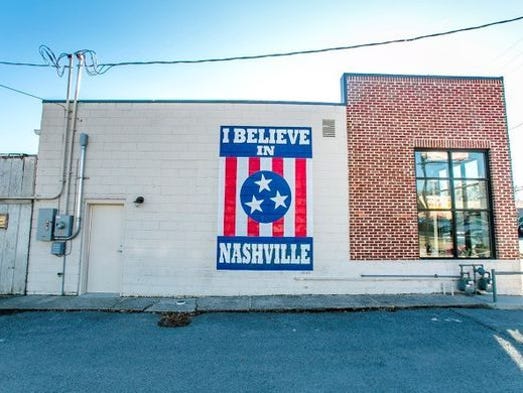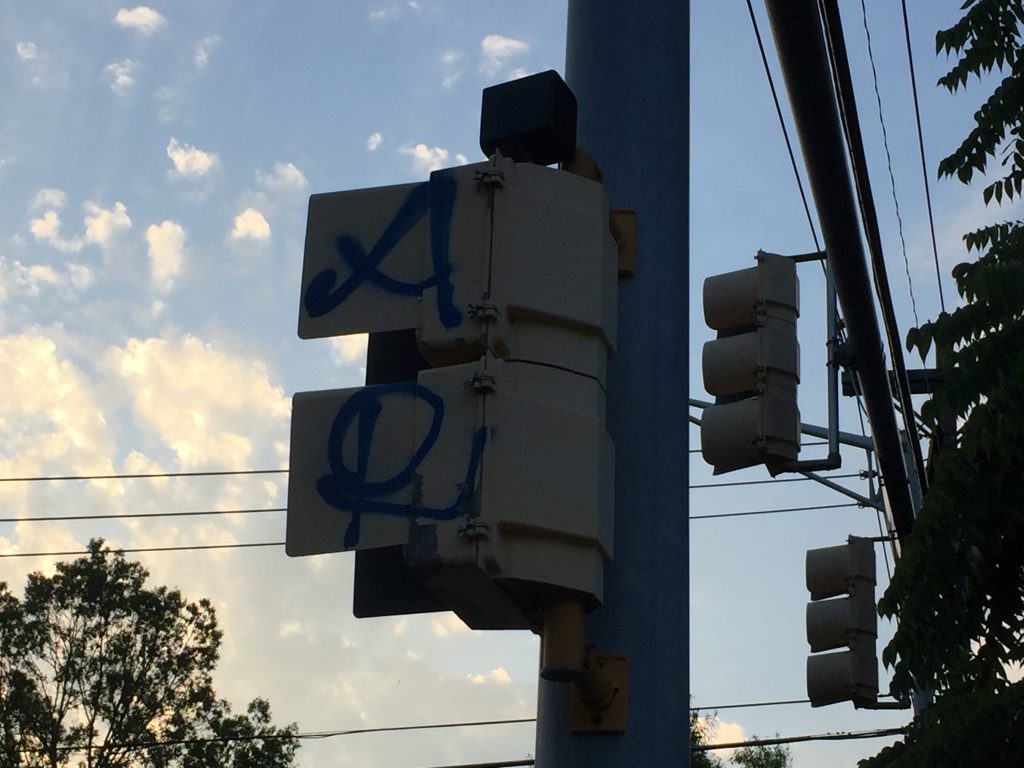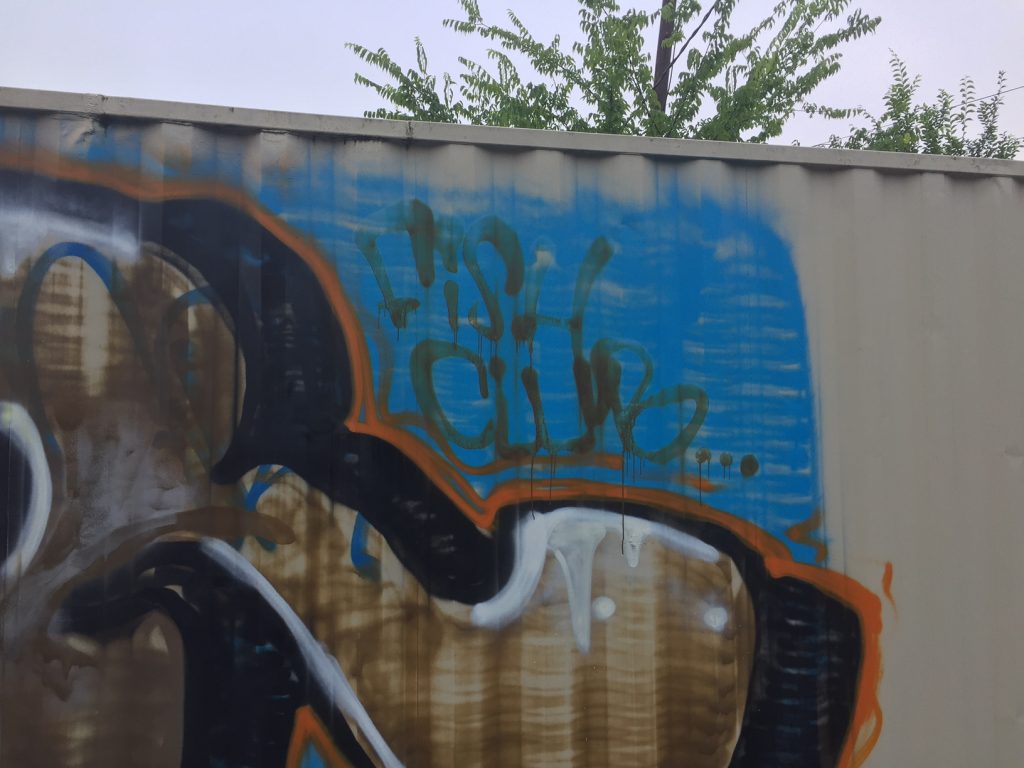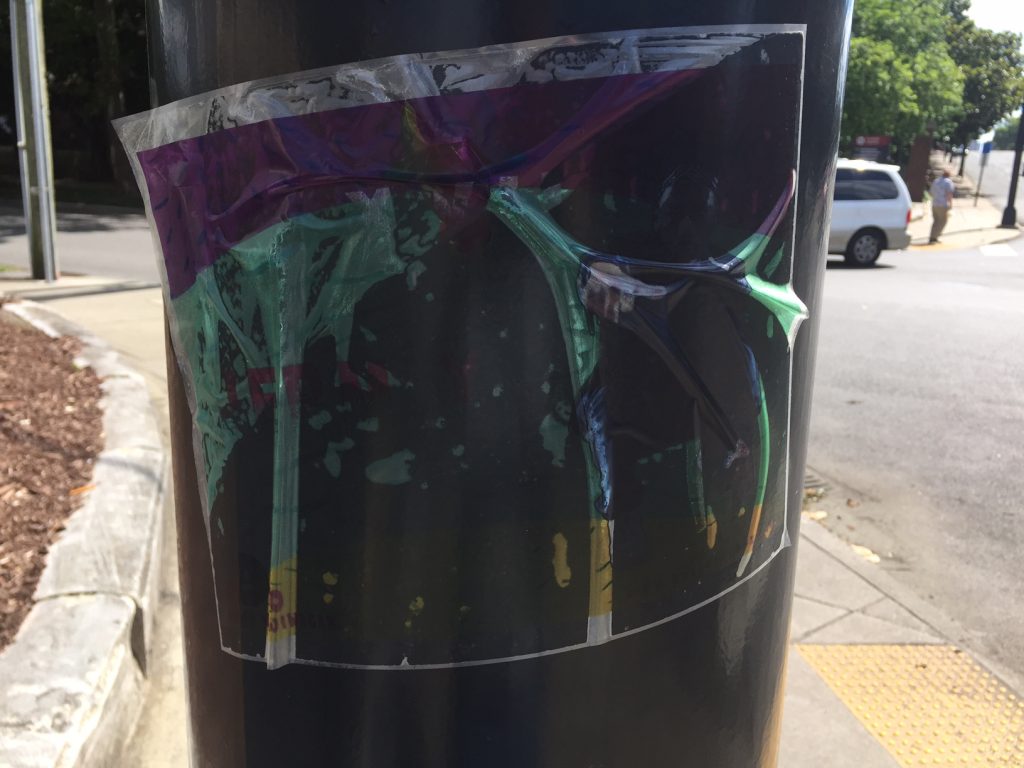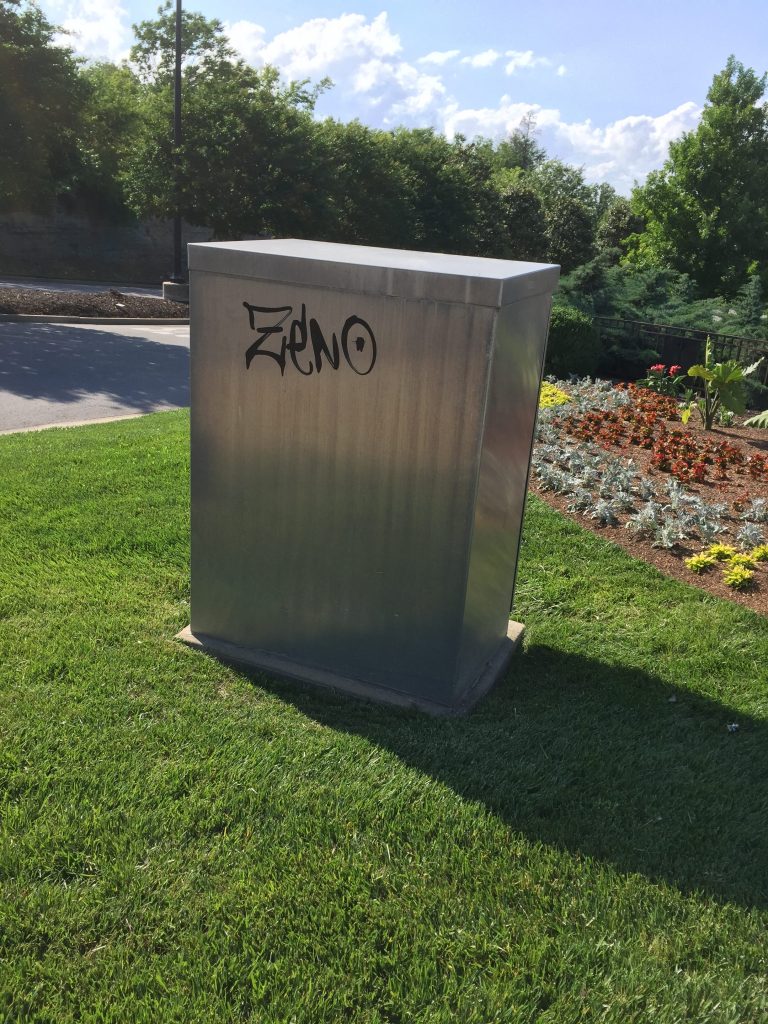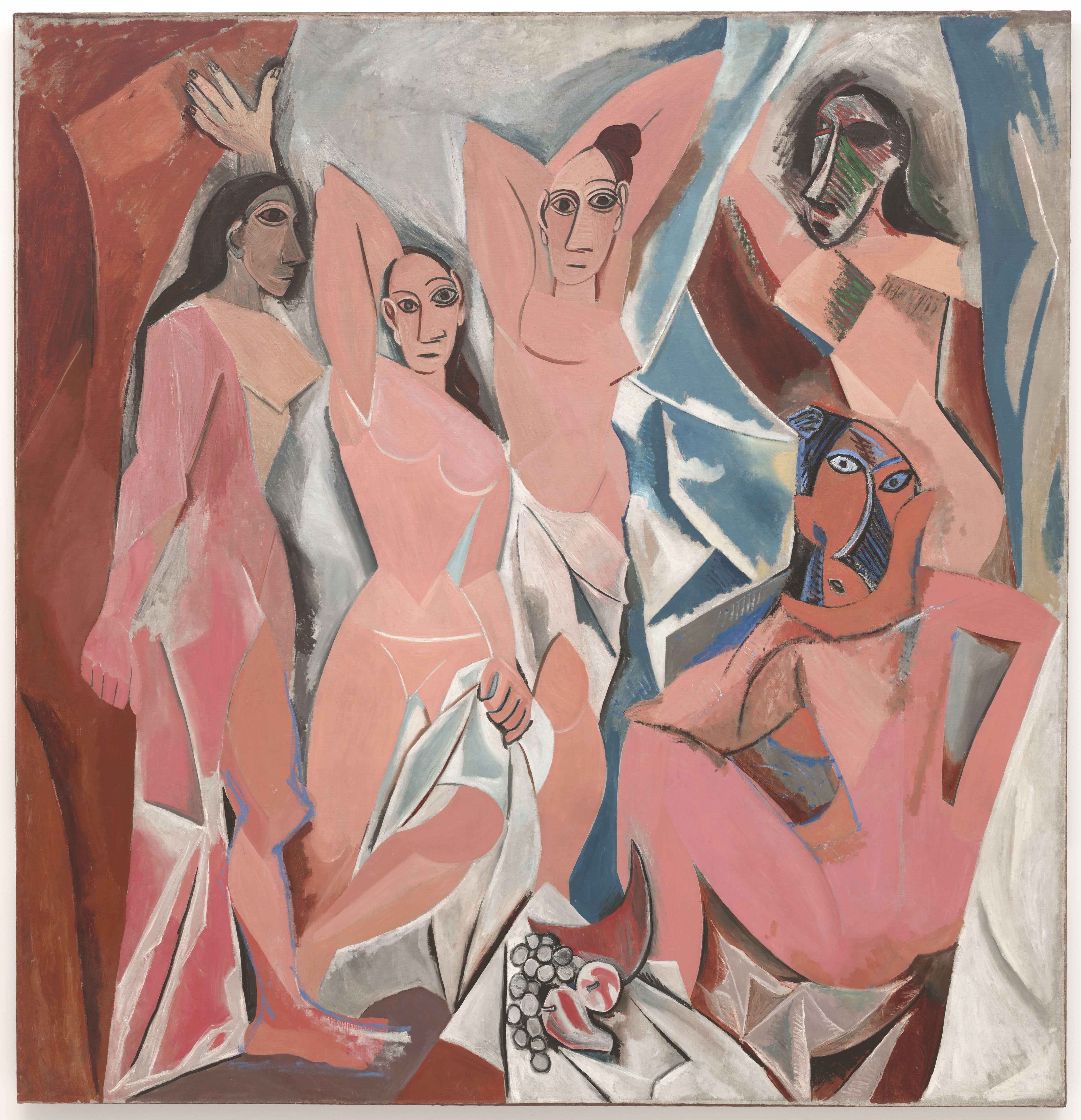Don’t Stop Believing.
What’s the difference between graffiti and vandalism? Some would say there isn’t any, but I think that’s unfair and the distinctions are much more subtle. Granted I also think the word “vandalism” is unfair to the Vandals who were a complex and interesting Germanic people, but that’s another story. Even though graffiti may be a criminal act I still think it’s creative. It usually aspires to be artistic, to make a statement, whereas vandalism is nihilistic. Vandalism is wanton destruction that only tries to silence. This is a very fuzzy distinction and we could spend a lot of time on Nietzsche, who I’m pretty sure was a Vandal, and his idea of schöpferische Zerstörung, but bear with me.
I notice there’s a certain respect among most graffiti artists. Even the most basic taggers don’t write over each other. Maybe this is partly practical, but take, for instance, the mural by Billy Martinez which I’ve written about before. It’s in an area popular with taggers, but they leave it alone. Look at this:
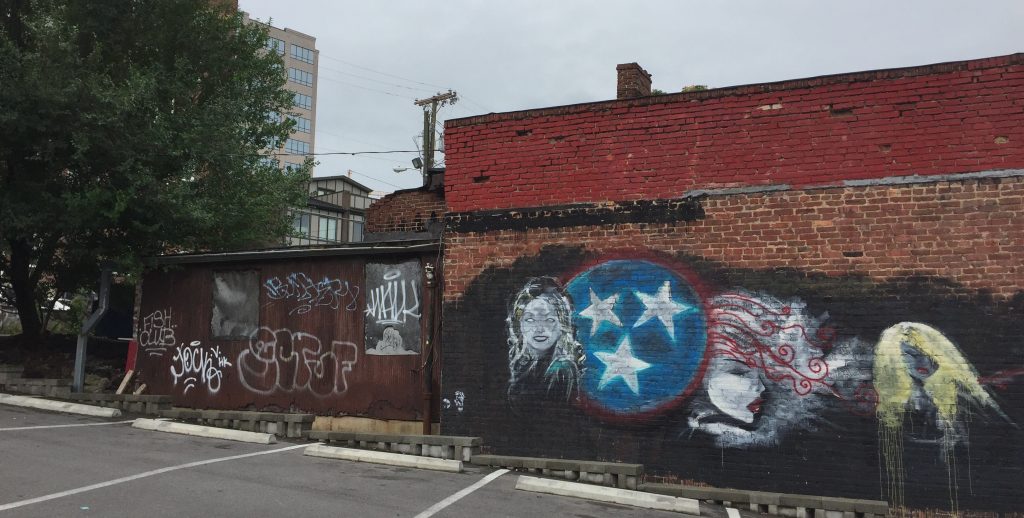 On the right is part of Martinez’s mural which is still a work in progress, but that’s for another time. On the left are several local tags. They’ve left the mural alone. This is even a really good example of graffiti artists showing respect for an approved work.
On the right is part of Martinez’s mural which is still a work in progress, but that’s for another time. On the left are several local tags. They’ve left the mural alone. This is even a really good example of graffiti artists showing respect for an approved work.
What got me thinking about that is the recent alteration Adrien Saporiti’s “I Believe In Nashville” mural. It’s not a bad motto for the city. I do like Austin, Texas’s “Keep Austin Weird” and Portland, Oregon’s “Keep Portland Weird”–which was weird first is a matter of some debate–and residents of Asheville, North Carolina, take a wonderful pride in their city being called a “cesspool of sin” While the slogan “We Are Nashville” was popular in the aftermath of the 2010 flood “I Believe In Nashville” seems pretty good. Hey, I believe in it too, strongly enough that I bet that if I look out the window Nashville will still be there, although at the rate things are changing I expect it to look different, but that’s another story.
Anyway, five months ago Saporiti’s mural was vandalized with roofing tar. This time, though, it was altered with paint. By my own definition it’s not vandalism–it was, in fact, making what I think is an important and timely statement–but one that didn’t have to cover up Saporiti’s mural. It could have gone alongside it.
Interestingly the mural started as graffiti–it was put up without permission–but the building owners liked it and have made it clear they want to keep it.
That deserves some respect.

